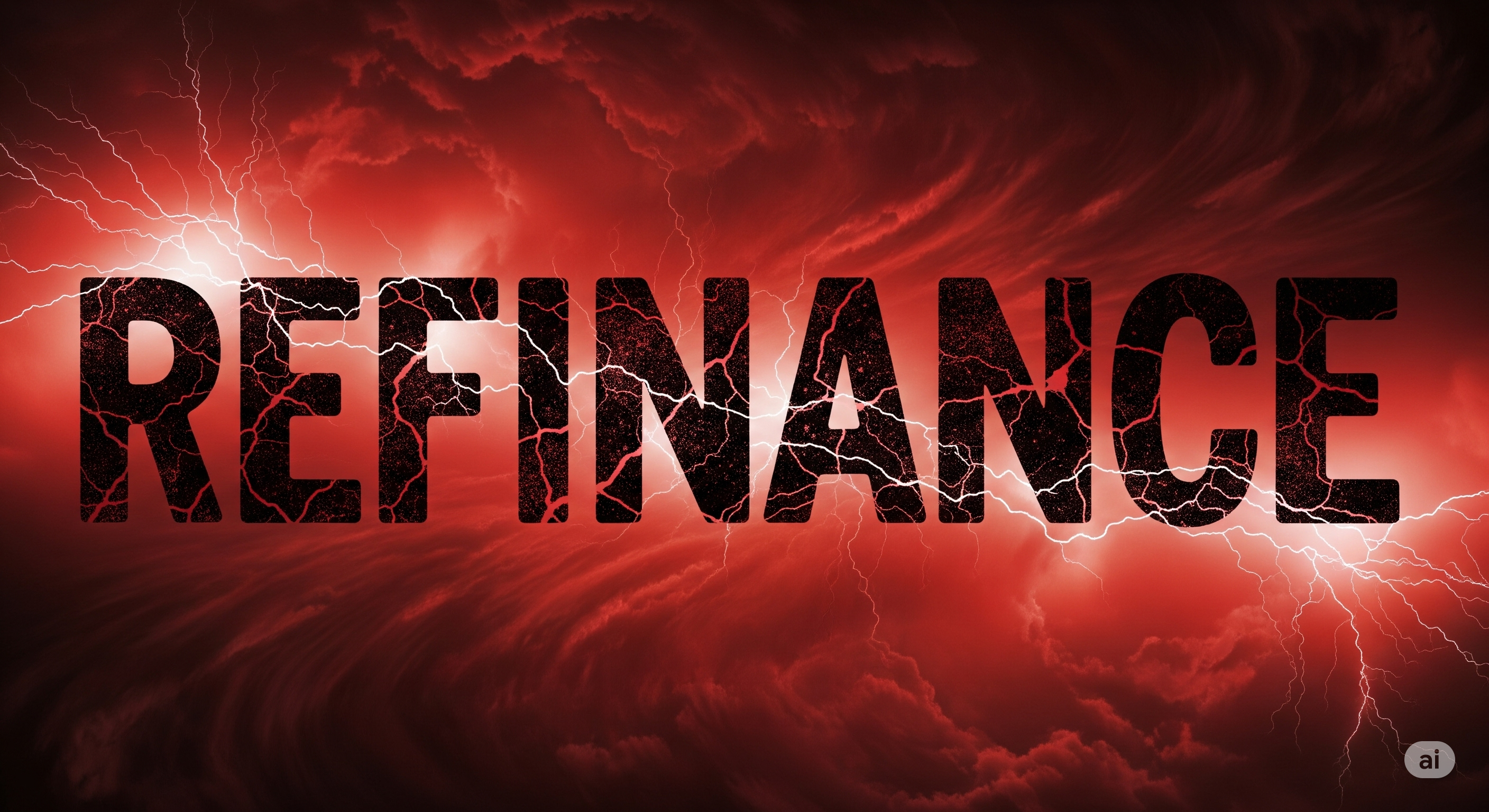In this blog entry, we’ll break down the key differences between RTOs (Recovery Time Objectives) and RPOs (Recovery Point Objectives)—two critical concepts in disaster recovery and business continuity planning.
While both aim to minimize disruption, RTO focuses on how quickly you need to restore operations after a failure, and RPO defines how much data loss is acceptable, measured in time. This post will clarify each term with real-world examples and help you understand how to set practical targets for your organization.
- What are RTO and RPO?
- Recovery time objective (RTO) is the maximum amount of time that a business can be without a critical service before it starts to experience significant financial or operational impact.
- Recovery point objective (RPO) is the maximum amount of data that can be lost before it causes unacceptable business disruption.
- What factors affect RTO and RPO?
- RTO and RPO are driven by business requirements, but they are also based on a variety of other factors, including:
- The cost of downtime
- The criticality of the service
- The availability of backup and recovery resources
- The skills and abilities of the IT staff
- RTO and RPO are driven by business requirements, but they are also based on a variety of other factors, including:
- How to determine RTO and RPO?
- Determining RTO and RPO should be an open and honest discussion between all stakeholders, including business leaders, IT staff, and disaster recovery experts.
- The first step is to identify the critical services that need to be protected.
- Once the critical services have been identified, the next step is to estimate the cost of downtime for each service.
- The cost of downtime can be calculated by considering factors such as lost revenue, productivity, and customer satisfaction.
- Once the cost of downtime has been estimated, the next step is to determine the RTO and RPO for each service.
- The RTO should be the maximum amount of time that the business can be without the service before it starts to experience significant financial or operational impact.
- The RPO should be the maximum amount of data that can be lost before it causes unacceptable business disruption.
- How to spend on disaster recovery?
- Spending on disaster recovery should be proportional to the cost of downtime.
- For example, if the cost of downtime for a critical service is $10,000 per hour, then it makes sense to invest in a disaster recovery solution that can restore the service within minutes or hours, rather than days or weeks.

 Reading time: 2 minutes
Reading time: 2 minutes



